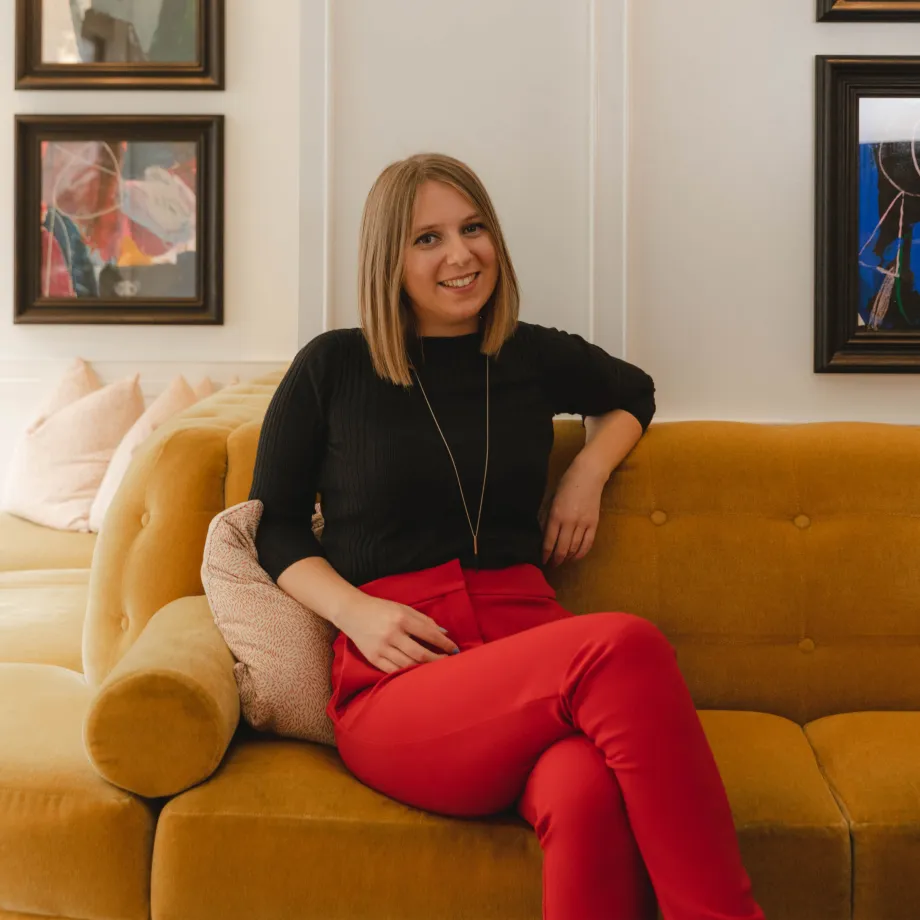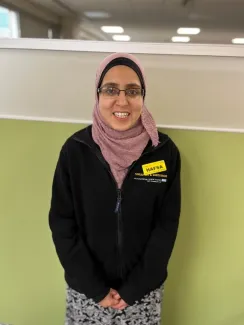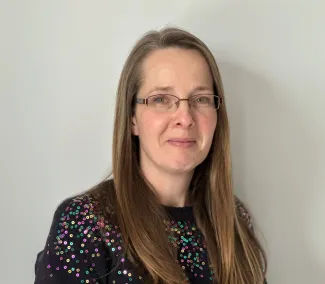When you’re diagnosed with cancer, there are so many new things to get to know and start to follow. Your own body is rudely taken over by unfamiliarity, from the first cells running haywire to powerful medicines running through dangling Hickman lines. Or scans carried out and cannulas slotted begrudgingly into frustrated veins. That’s not to mention a host of unwelcome and often unexpected side effects.
Beyond that, there’s growing used to our ‘new normals’, lifestyles, images, identities, realities, and futures. This is a tough pill to swallow at any age – but especially when so young. However, what becomes obvious along the way is that having someone to talk to, who is going through a similar experience or who has done before, is a key component of the cancer journey. It makes all this adaptation easier to manage, whether you’re brand new to it, or someone like me, who’s been in remission for over a decade.
When you’re young, you’re figuring a lot of non-cancer things out – the world around you, how to live within it, and then who you want to become and what you want to achieve. When cancer comes knocking, you’ll want some guidance to look to. It makes sense to benefit from the accidental expertise of those who have been there before. This is something I did, once I realised there was a whole network of other young people in the ‘cancer club’.
Journeying from patient to advocate
After diagnosis, I was placed on the Teenage Cancer Trust (TCT) unit at Birmingham Children’s Hospital. It had under 10 beds, and the ward’s surprisingly sociable nature made it easy to chat to its other young residents. Then I began speaking about my experiences at events or conferences and attended TCT’s Royal Albert Hall concerts. I soon realised being part of this shared cause was empowering and joined other networks. In the following years, these included sailing with the Ellen MacArthur Cancer Trust, acting as an ambassador for Blood Cancer UK and a volunteer for Lymphoma Action, and sharing my story for Leukaemia CARE.
Now, I’m a 28-year-old health journalist, grateful to have stayed in remission since my teens. Back then was also a time when cancer ever not being part of my life seemed hard to imagine. Admittedly, cancer is still part of it, but now, by choice.

I’ve made many amazing connections and met many inspirations along the way. That’s why I’ve wanted to become one of them to others more recently diagnosed. So, I’m still busy trying to support others, raise awareness and write about youth cancer, and I'm even working on a book to help other young people navigate treatment and beyond. I plan for it to feature both my own reflections, and advice and guidance from other young patients, as well as psychologists, doctors and charities. It's my dream to complete this before I'm 30, so keep your eyes peeled!
My message to other young people with cancer
Unfortunately, young people’s cancer doesn’t end when treatment does, and a lot can linger, including late effects, as well as fears about fertility and relapse, and effects on things like education, employment, relationships and friendships. But at the same time, there’s life to be discovered and enjoyed, with so many experiences to uncover and people to meet. And sometimes, these never would have come into your orbit if it wasn’t for the connections created by cancer.
Although everyone’s case is unique, there’s definitely hope post-diagnosis, and many years post-treatment. With cancer support systems tailored for young people only getting stronger, as CCLG proves, I’d encourage any young person or family, newly affected by cancer or handling its effects years on, to go ahead and see what support, or friendship, is out there waiting for them.
From Contact magazine issue 106 | Spring 2025





